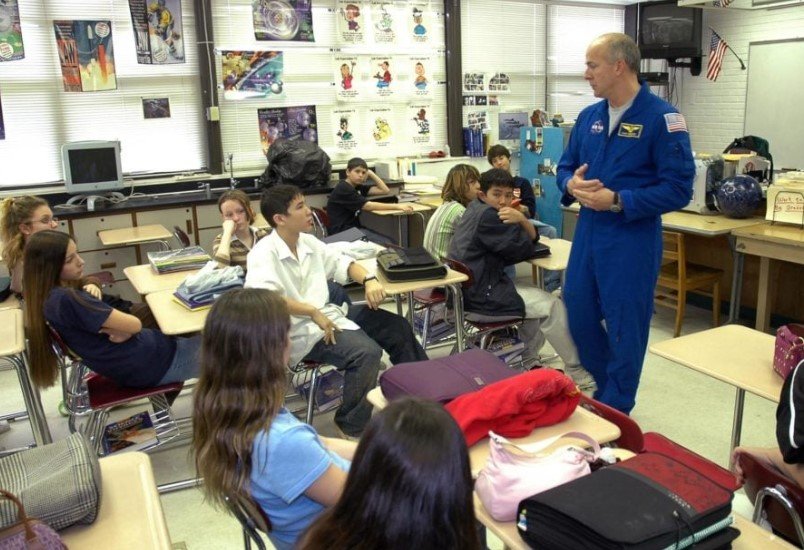A group of students from Dyal Singh Public School in Karnal has achieved a groundbreaking milestone, earning recognition from NASA for discovering a main belt asteroid named TD40. This recognition shines a spotlight on young scientific talent and their dedication to space exploration.
From Classroom to Cosmos: The Story Behind TD40
Twelve students, guided by two teachers, embarked on an ambitious project that culminated in this exceptional discovery. Using data from the Pan-STARRS telescope, the team identified and registered 11 near-Earth objects, with TD40 being classified as a main belt asteroid. Among the students, Diksha, a Class XI student, played a pivotal role in the identification process.
This achievement is particularly significant for Haryana, as it marks the first time an asteroid will bear a name associated with a student from the state. The NASA-affiliated International Astronomical Search Collaboration (IASC) awarded certificates to the team, acknowledging their efforts and contributions to space research.
Celebrating Success: A Day of Pride and Recognition
The school held a ceremony to honor the students and their mentors. Dr. S.K. Kamra, a retired Principal Scientist from the Central Soil Salinity Research Institute, served as the chief guest. The event was graced by prominent figures such as Dr. Namaste Sen, Dr. Chandrakanta, and Dr. Girish, along with several distinguished alumni.

Principal Sushma Devgun expressed immense pride in the students’ achievements, emphasizing how their dedication has inspired the entire school community. “Their work with NASA has not only elevated our school’s reputation but also kindled a new wave of interest in astronomy and science among students,” she said.
The Journey to Discovery: Two Years of Hard Work
The discovery of TD40 wasn’t an overnight success. It involved two years of rigorous research and training, utilizing specialized online tools to analyze astronomical data. The students’ dedication and the mentorship of educators like Principal Devgun and Dr. Kaveri Chauhan were instrumental in achieving this feat.
The Pan-STARRS telescope data played a crucial role, offering the students access to high-quality images and datasets. Their ability to identify near-Earth objects and register them showcases the potential of involving young minds in scientific endeavors.
Why This Matters: Inspiring the Next Generation
This recognition highlights the importance of fostering curiosity and collaboration in education. By involving students in projects of this scale, schools can nurture a passion for science and innovation. Such achievements also demonstrate that with the right guidance and resources, young learners can make significant contributions to global scientific efforts.
Key takeaways from the project include:
- Hands-On Experience: Students gained practical skills in data analysis and astronomical research.
- Global Recognition: Their efforts were acknowledged by a prestigious organization like NASA.
- Inspiration for Peers: This success story serves as a beacon for other students to pursue science.
A Legacy of Innovation
The discovery of TD40 is more than just an academic accomplishment; it’s a testament to what can be achieved through dedication, teamwork, and a passion for discovery. The students from Karnal have set a high bar, not just for their peers but for educational institutions striving to integrate real-world scientific research into their curriculums.
This milestone underscores the transformative power of education and the boundless potential of young minds.
